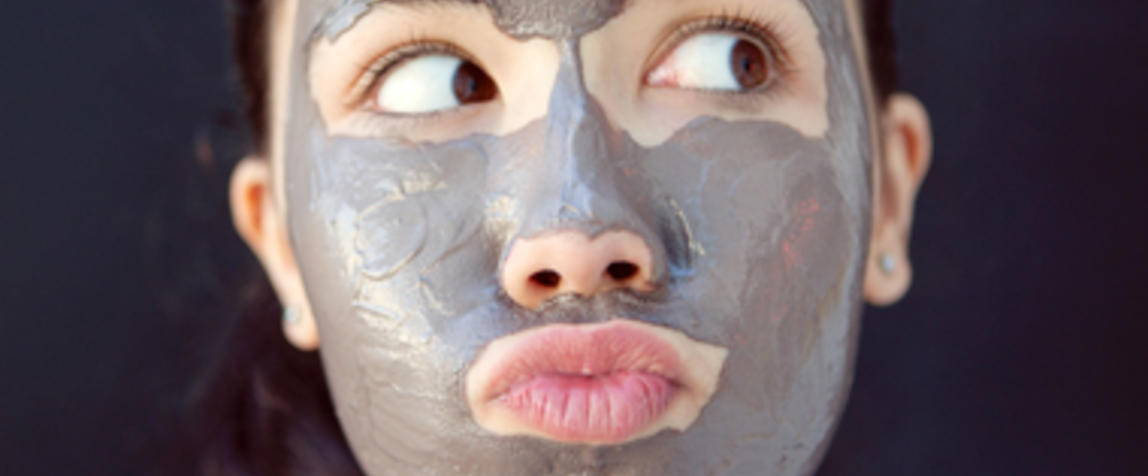Earlier this week, Euromonitor held a webinar titled: 'State of Beauty: Trends Shaping the Industry in 2019'. Described as a 'strategy briefing' by the market researcher, the webinar follows the release of some positive beauty industry insights in its report, Beauty and Personal Care: Quarterly Statement Q1 2019.
Here are some of the most interesting takeaways:
Asia leads the way
According to Euromonitor, the global beauty and personal care market grew by 6 per cent in 2018, which is the strongest growth recorded in the last decade. Beauty sales worldwide reached $US488.3 billion.
There has been a significant resurgence of sales in Latin America but today, Asia counts for one-third of the global industry's value. Continuing growth of the upper-middle class in China for example, has led the market researcher to predict that the country will contribute more sales than North America and Latin America combined by 2023.
Skincare success
Euromonitor reports that skincare (both premium and mass-market considered) was the standout beauty performer in 2018, growing by 8 per cent. Fragrance and makeup sales were close behind at 6 per cent.
Success in the skincare category can be attributed, to some extent, to the crossover into the health and wellness categories. Something that cosmetics and fragrance don't really do.
With increasing product variety and innovative launches, Euromonitor forecasts skincare sales in the US to reach $US21.4 million by 2022, citing it as a major category in that market.
The premium segment has led the way in recent years but mass-market beauty showed an improved performance in 2018.
As consumers become more educated, luxury attributes, not just a luxury price tag, are what they're looking for now according to Euromonitor. Marketing messages with regards to efficacy and premium ingredients for example, are more important than ever for mass-market brands.
Anti-taboo health
'Healthy' was the number-one buzzword for beauty consumers in 2018 and this way of thinking, and purchasing, is set to continue.
Euromonitor global head of beauty research, Hannah Symons, told WWD earlier this week that, "sexual wellness; skin conditions, like acne or related to chronic diseases; hygiene; hair loss; women’s health, and cannabis — is a noted avenue for growth". She named it "anti-taboo health".
It's thought that this will open up opportunities for a multitude of sub-categories for women such as intimate care, fertility, maternity, menopause; and for younger audiences with hygiene and cleanliness preferences.
"There are very few brands that are actually targeting the teen market in a non-gendered…way — just simple products that work,” Symons told WWD.
Looking after the boys
In 2018, sales of men's beauty and personal care products grew 5 per cent to $US50.96 billion.
Put simply, modern men are not bound by traditional stereotypes and many are reconsidering their role in house and home. Euromonitor reports that this has caused some brands to change the way they market to men but also advises that more education around certain products is necessary. A lot of men look for solution-orientated products such as hair loss and acne treatments, so highlighting efficacy is important.
Technology, such as smart devices and the direct-to-consumer model (since men often desire privacy when buying grooming products) have been highlighted by Euromonitor as an example of how brands could consider recruiting more male customers.
The O-vators
Finally, Euromonitor believes that technology has been a prominent driver of disruptive innovation.
To be an "innovator" it believes a brand has to grow an entire industry or category through new usage. Otherwise it can be a "renovator" - reestablishing and repurposing a brand. The goal though, is for more “disruptors,” which create entirely new categories or markets.
“It’s about reinventing consumer behaviour,” said Symons. “Nobody has disrupted the beauty industry yet, the only way to do so is through true personalisation.”

